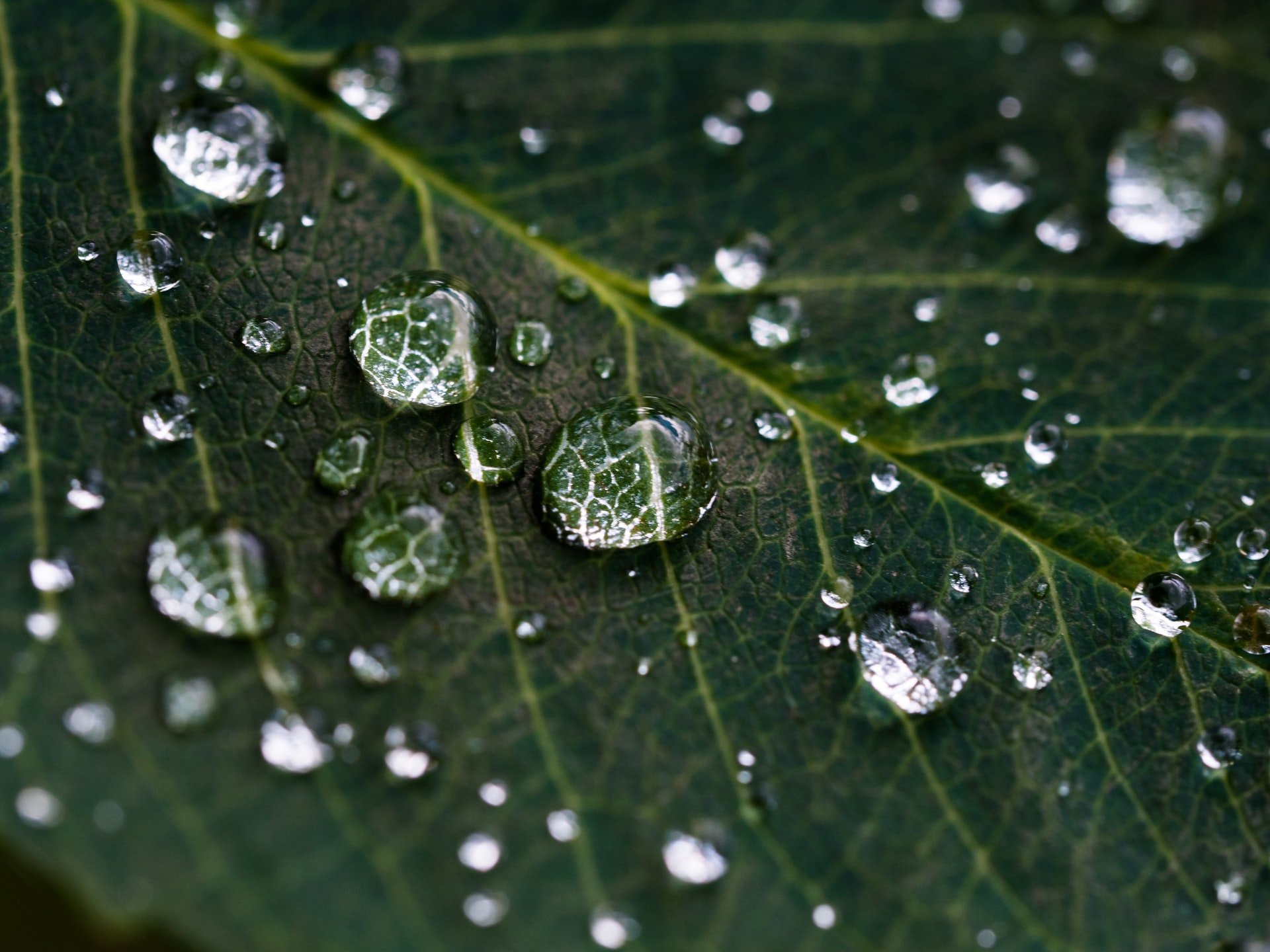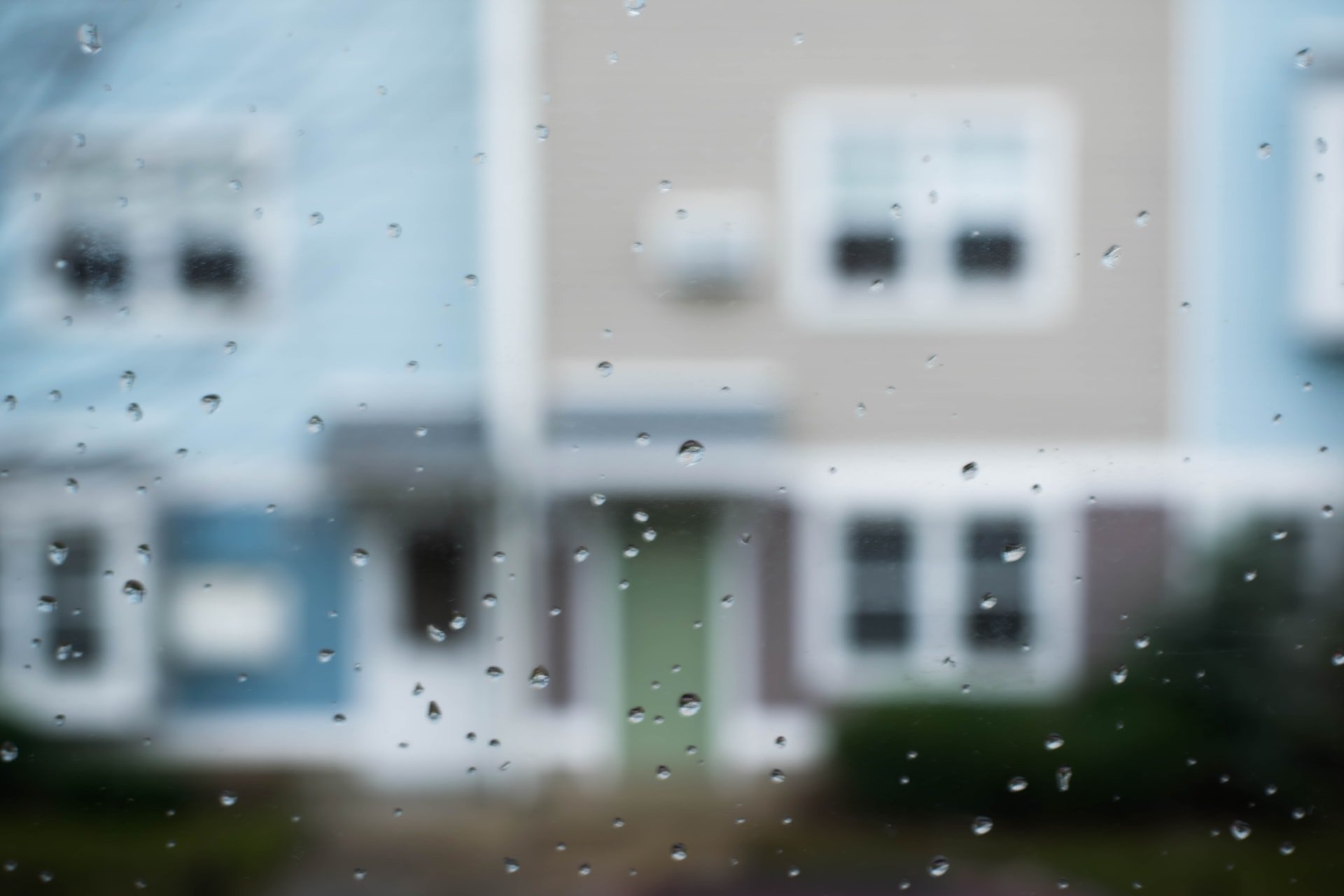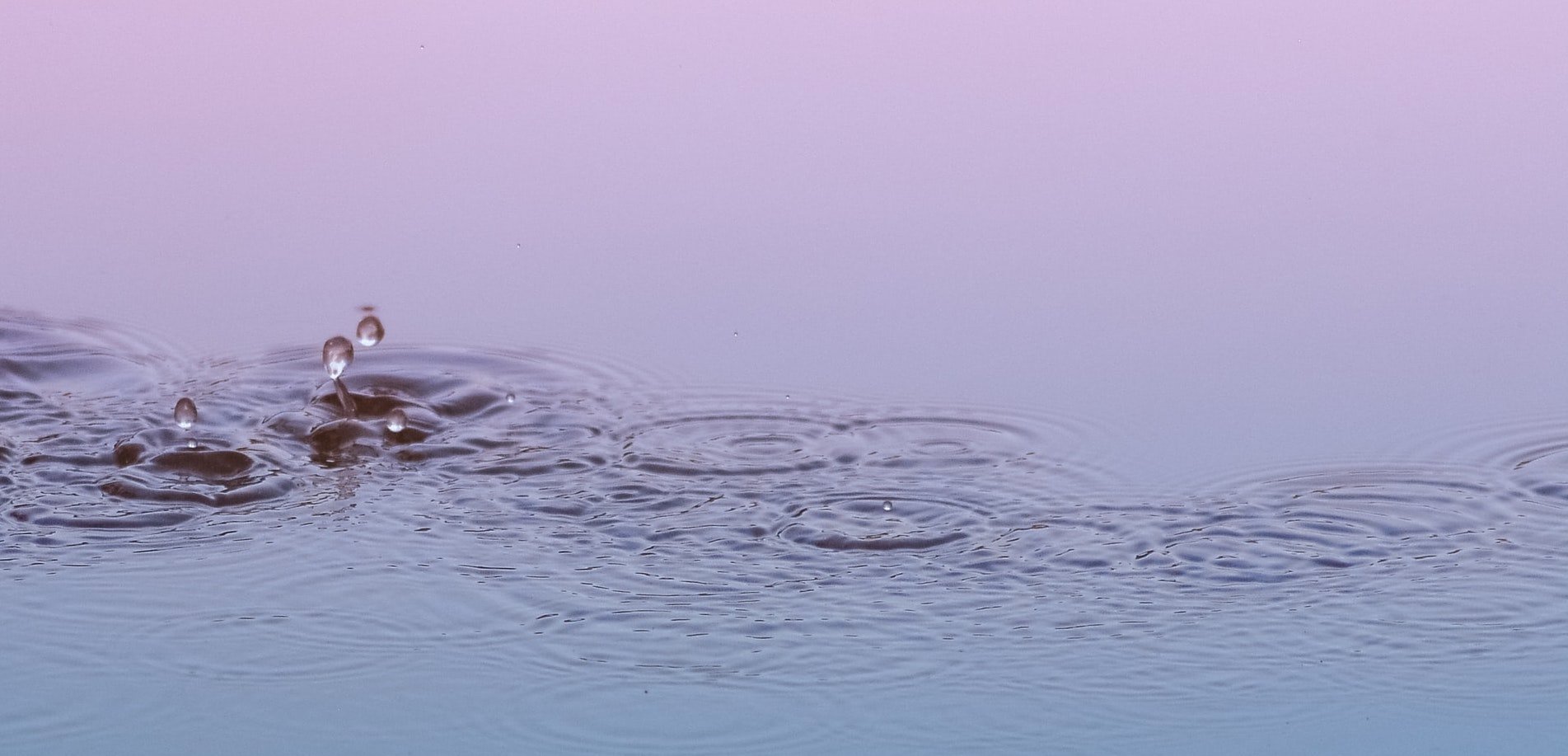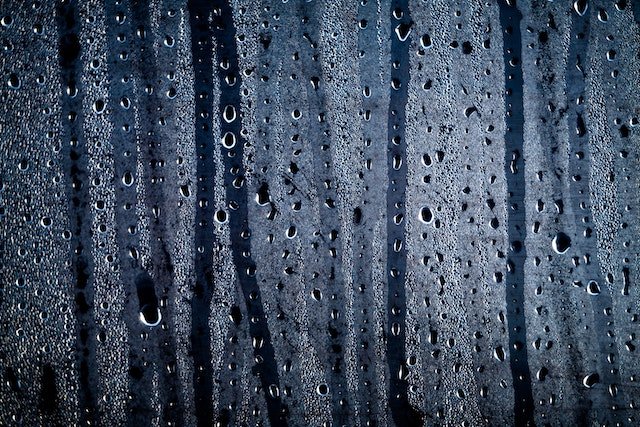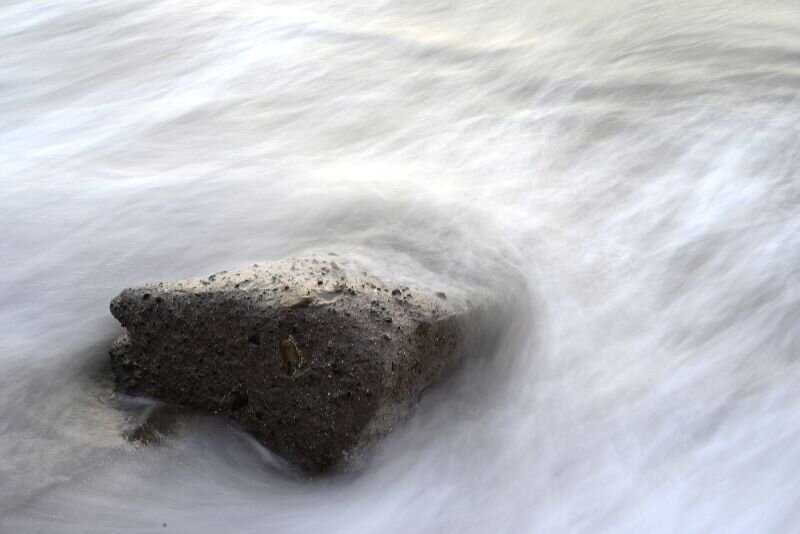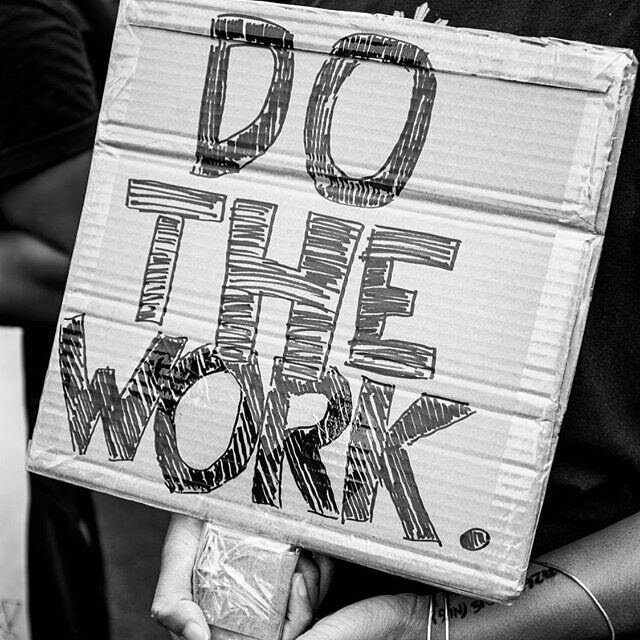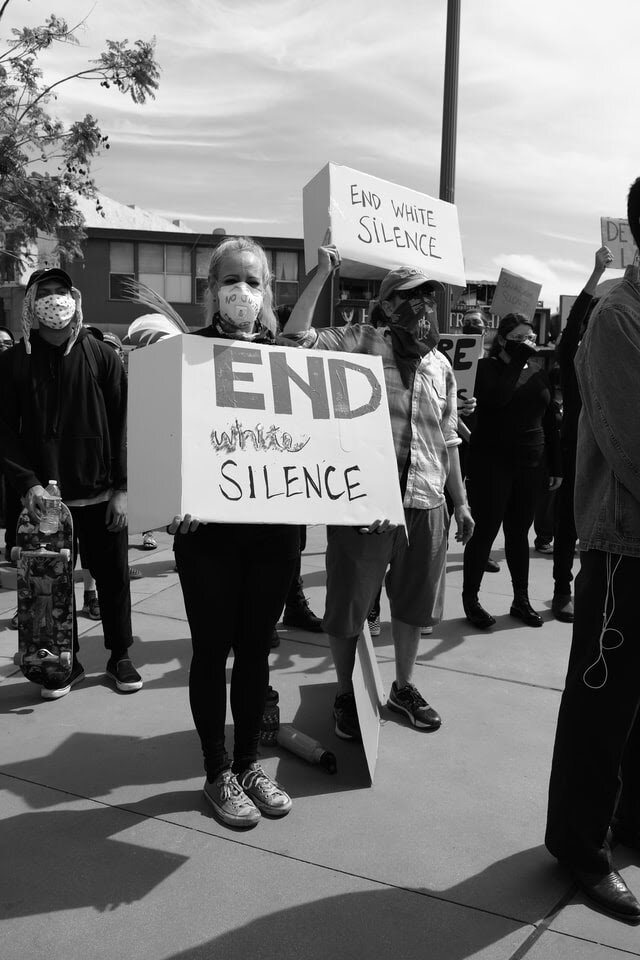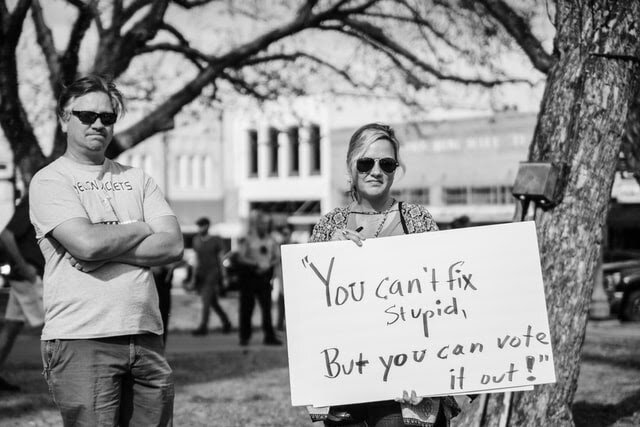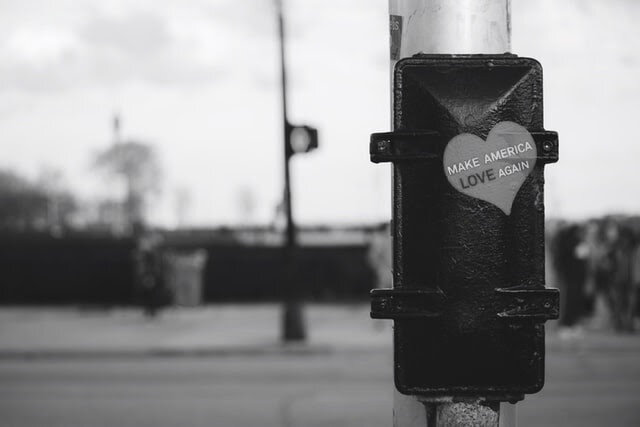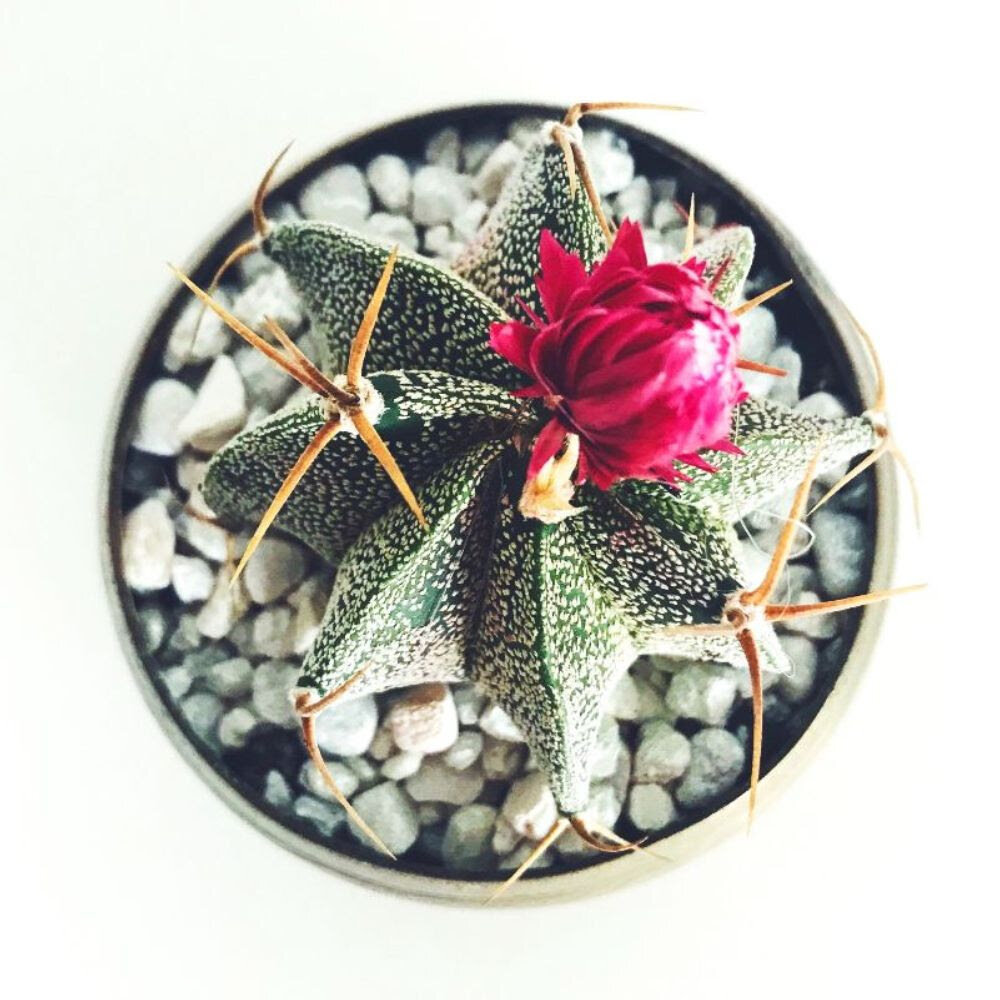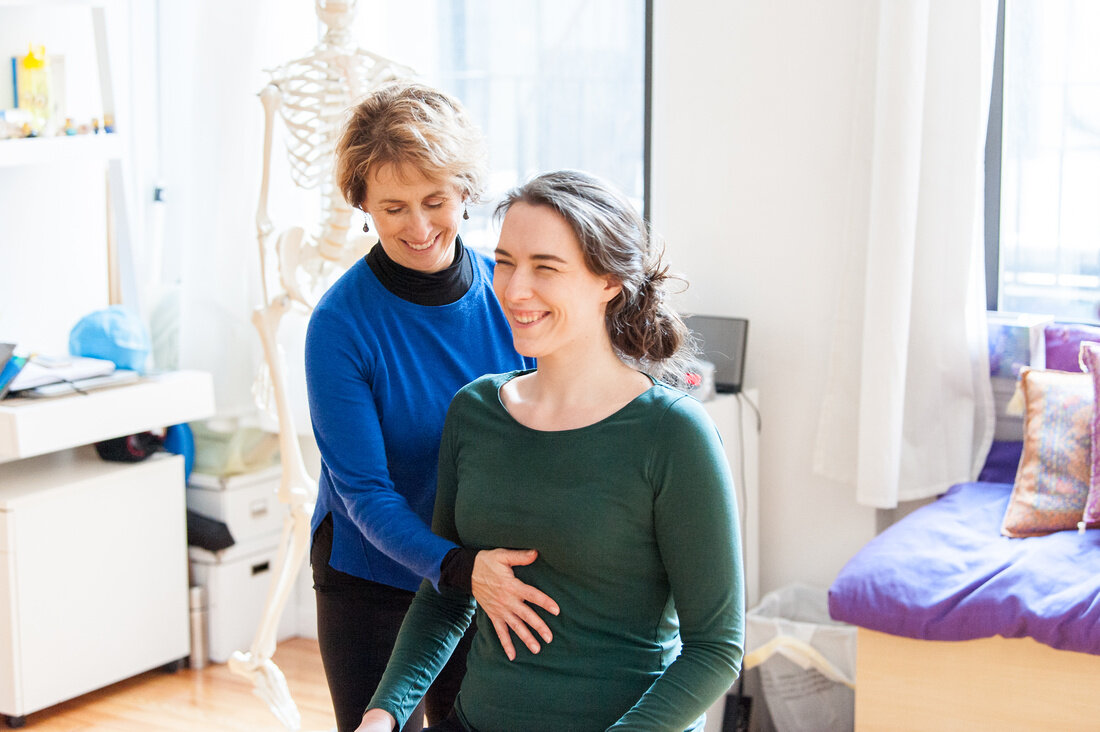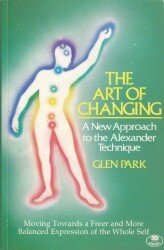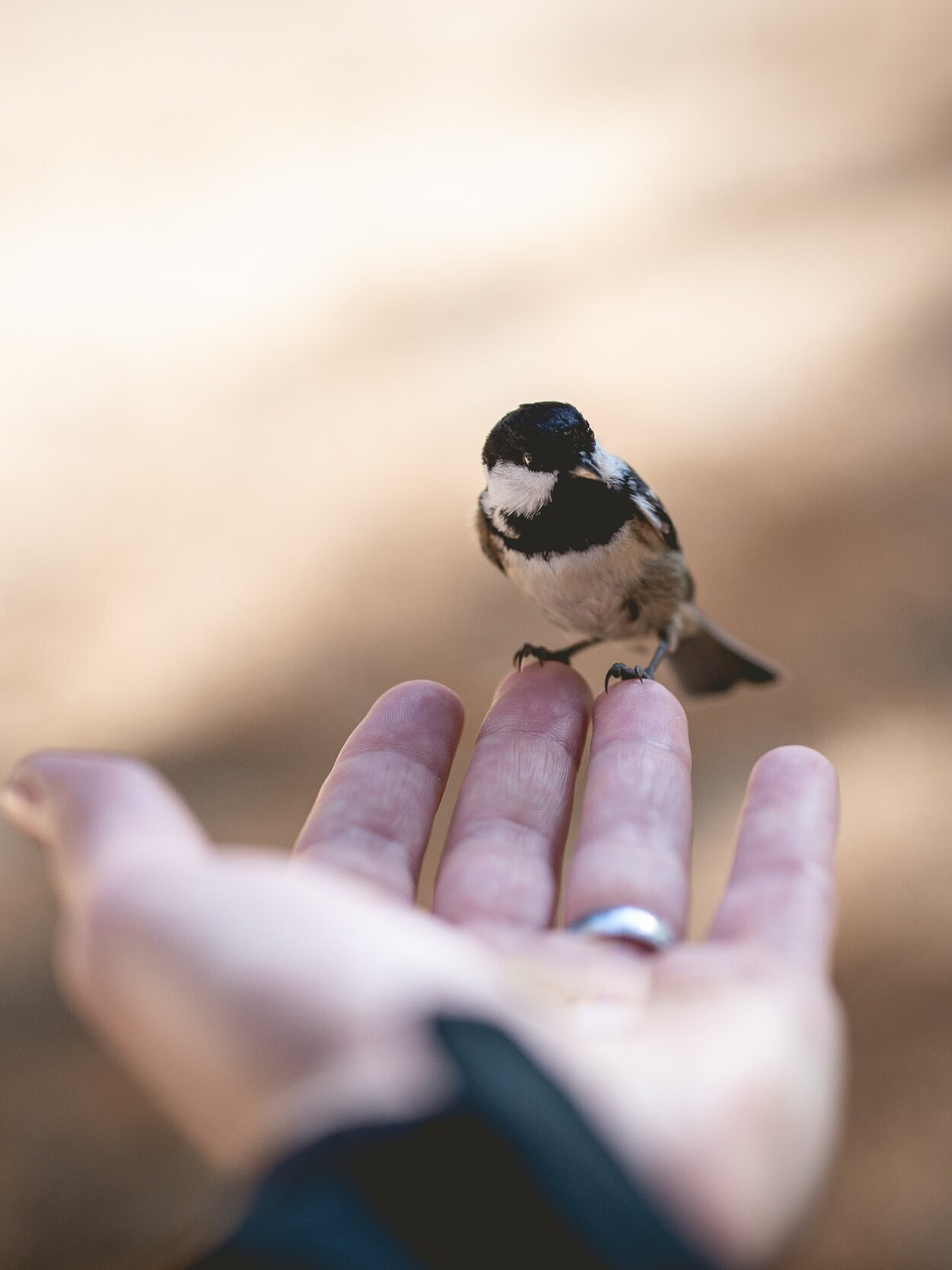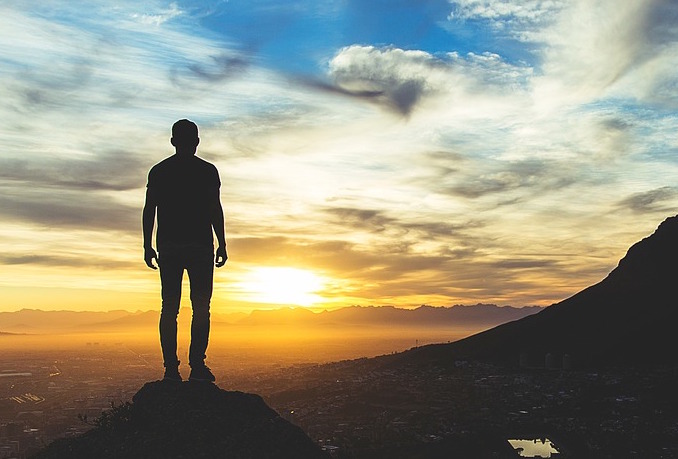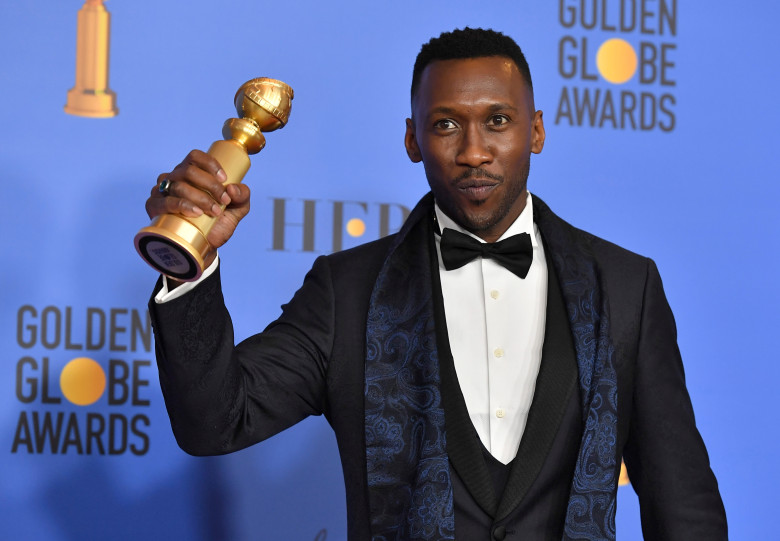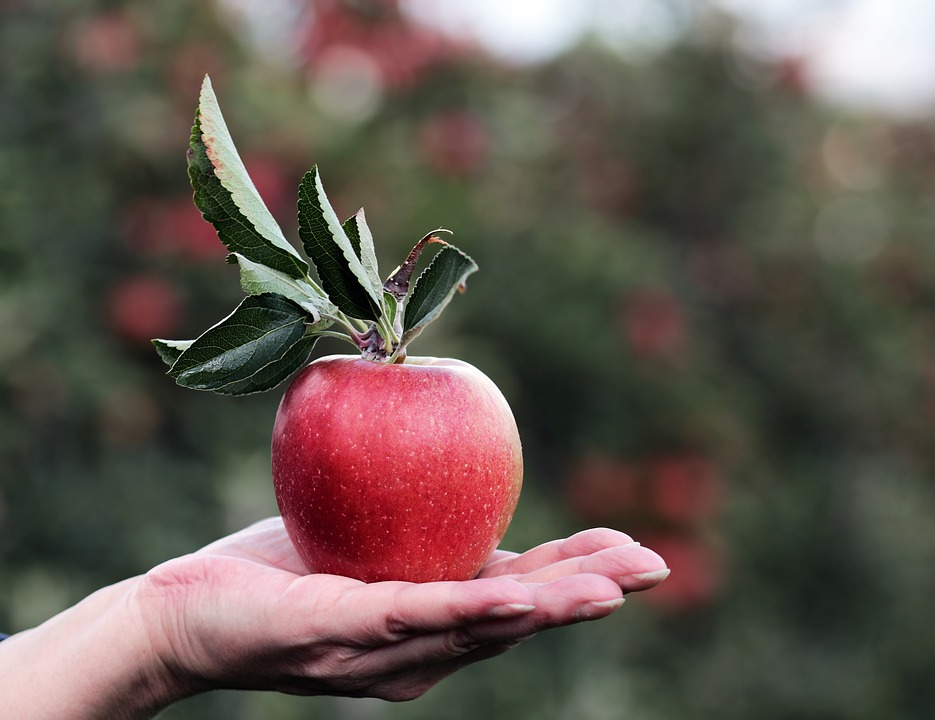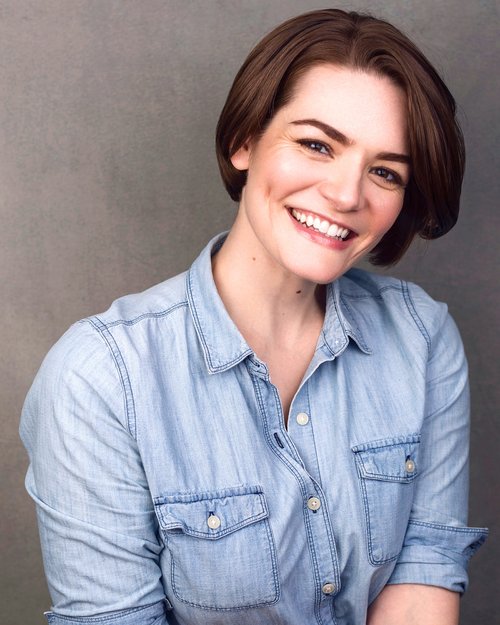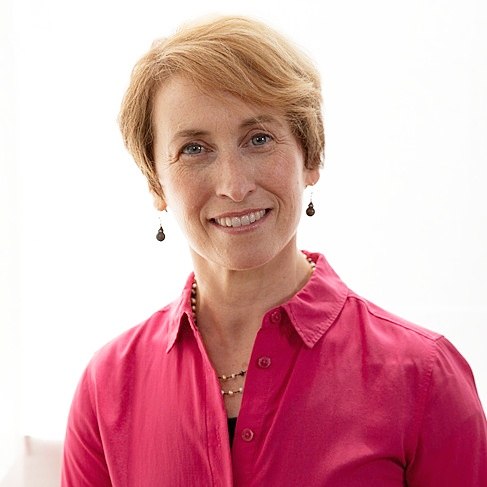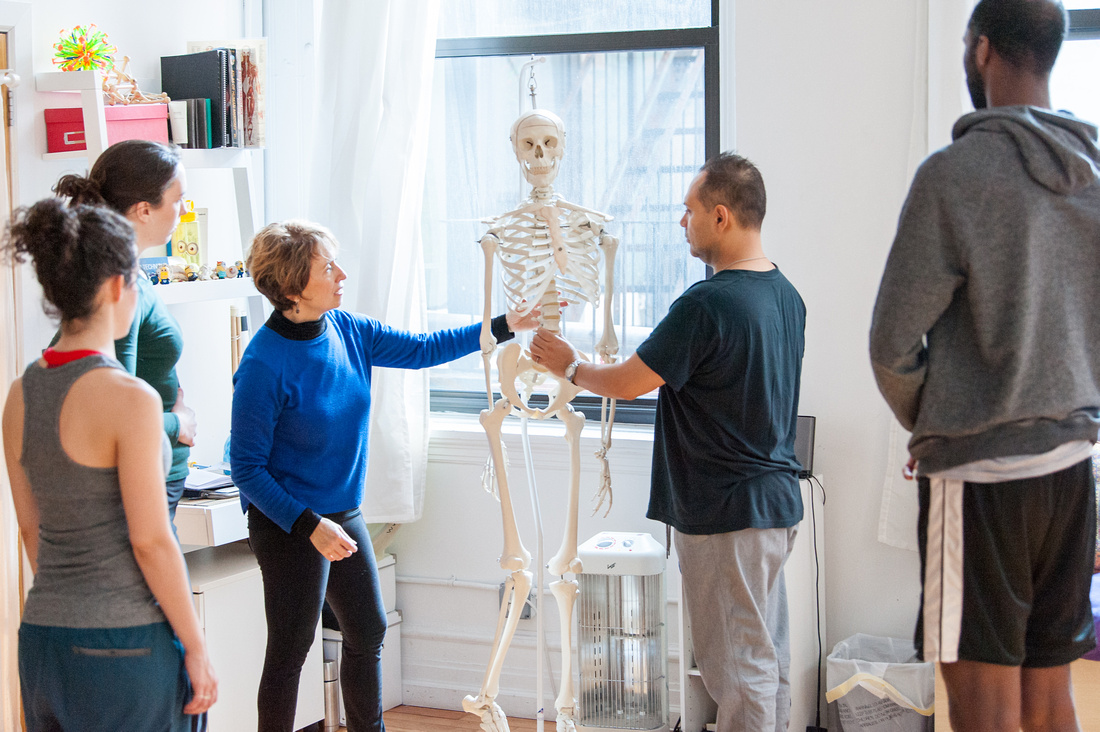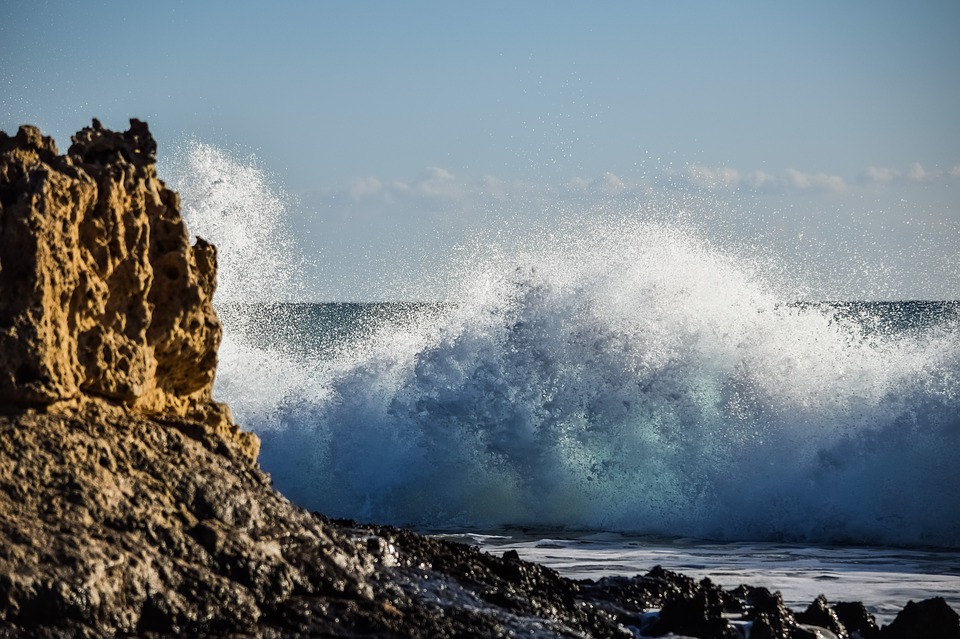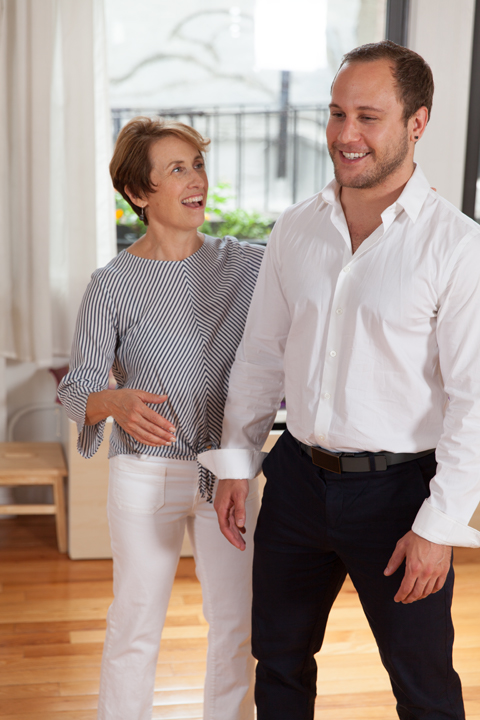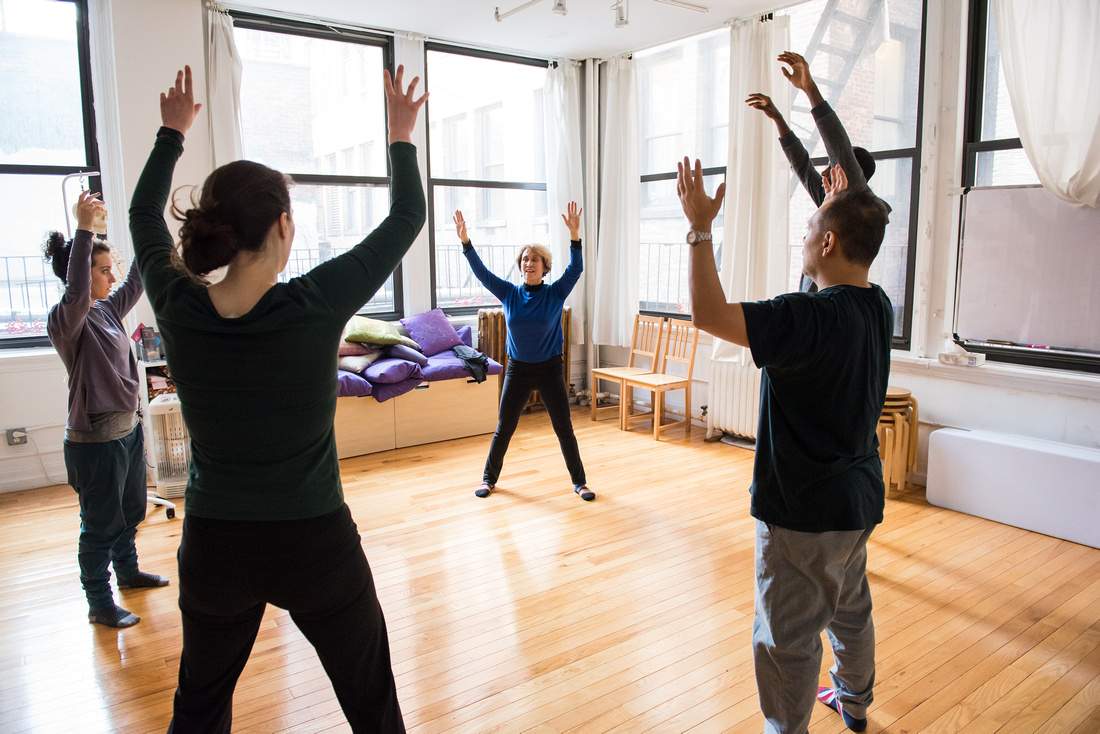
How You Move Matters
Free Alexander Technique Exercises, Tips, and Resources
Here we are... Now
Now.
So here we are… we might have started feeling lost or overwhelmed or caught up in an emotional spiral. And we decided to do something else. (how brave!). And where are we now?
Maybe you’re sore, maybe thirsty. Perhaps. And maybe a bit raw but also more open, no longer fighting yourself. Listening in a fresh way. Taking in. Taking in is nurturing, it’s kindness, it is care and compassion.
In this series, I’ve been drawing connections between the Alexander principles and a mindfulness practice, RAIN. There’s something refreshing and renewing about how both methods invite us to focus on the feelings at hand rather than grasp a result.
We began with R - recognize and followed a sometimes challenging intentional practice: A - allow and I - investigate. Now we are ready for N.
It is already here! Take it in: you are OK, you are here, now.
I’ve seen N of RAIN called a few different things: non-attachment, nurturing, natural awareness. I think it is also our natural coordination. When we stand as our honest selves our actions are centered, and we have a sense of being. Alexander recognized natural poise and taught people to get out of their own way so that they could access their deeper sense of strength and readiness.
Your natural coordination might be felt as a kind of tall peacefulness, from head to heels, an embodiment of non-attachment. You aren’t the emotions, you aren’t your habits; your identity is not defined by your feelings. Have you noticed that when you take a break from making things about you that your compassion comes to the forefront? For others and for yourself.
In this final post on RAIN and AT practice we get to rest in the Now, to simply be. What if we let go of rushing and doing and trying? Even while there is injustice, war, and climate change. Whether you sit or stand or lie down in Active Rest, you get to rest and to be. Now.
One of my favorite poems:
Keeping Quiet, by Pablo Neruda,
Now we will count to twelve
and we will all keep still
for once on the face of the earth,
let's not speak in any language;
let's stop for a second,
and not move our arms so much.
It would be an exotic moment
without rush, without engines;
we would all be together
in a sudden strangeness.
Fishermen in the cold sea
would not harm whales
and the man gathering salt
would not look at his hurt hands.
Those who prepare green wars,
wars with gas, wars with fire,
victories with no survivors,
would put on clean clothes
and walk about with their brothers
in the shade, doing nothing.
What I want should not be confused
with total inactivity.
Life is what it is about...
If we were not so single-minded
about keeping our lives moving,
and for once could do nothing,
perhaps a huge silence
might interrupt this sadness
of never understanding ourselves
and of threatening ourselves with
death.
Now I'll count up to twelve
and you keep quiet and I will go.
Photo credits:
Photo by dan carlson on Unsplash
Photo by Danie Franco on Unsplash
Photo by Zachary Keimig on Unsplash
Photo by Maria Teneva on Unsplash
Let Your Curiosity Lead
Rain series: Investigate
Sometimes when the onslaught of feelings is like a downpour, so suddenly overwhelming, we can only think of getting away. “I don’t want these feelings!” (or the embodiment of these feelings). The 4-part process of RAIN is synchronous with the Alexander process – we use it to create a kind space within the storm. A space for curiosity, perhaps.
Following R- recognize and A - allow, we come to I - investigate. Yes, we are staying with the sensations, the emotions, the interruption of life just a bit longer — even if immediate relief seems like the thing we crave. Making time and space for investigation could lead us toward freedom, in the long run.
Let your curiosity lead for a few moments.
What stands out? What seems most important right now? Hmm… What feelings are prominent in your body? What are the emotional feelings rising to the front of your attention? Is there a boundary that contains these feelings, or not? Hmm…
This is where kindness comes in. As you investigate and uncover what is going on, bring an “isn’t that interesting” attitude toward yourself. Otherwise “I don’t like these feelings” can become “I don’t like myself”. As an investigator, you are learning — so proceed with tenderness and respect.
Here is a recording that will lead you through a 5 min break, Listening in (with kindness).
More curiosity, more investigating: Do you notice a certain viewpoint, like a lens or a way of seeing things? Is this lens familiar to you? Hmm…isn’t that interesting.
How does this viewpoint or lens define your experience, your sensations? What does this lens filter out? …Hmm.
Biases are learned; we develop them through practice. Practiced behavior becomes invisible, becoming a regular part of our point of view and coloring our reality. Implicit biases can be shaken out when we are feeling vulnerable. Trust your inherent goodness and take a deeper look. Our perspectives can change with a simple, hmm. It’s like opening a locked door – what or who have we been keeping out? Isn’t that interesting!
Allowing: Quiet the Critic!
At the core of ‘allowing'' is a willingness to just “be” with yourself. But am I pausing for quiet or enforcing silence? Stillness can be radically charged by our attitude toward staying in the moment. Where in your body and breath do you sense your reaction to pausing right now and “taking a moment”? What about your stamina for staying with the pause? When do you enjoy hovering in this space? When do you feel that itch to move on asap?
As I’m playing with the mindfulness sequence of RAIN (Recognize, Allow, Investigate, Non-attachment (nourishing) I’m alternately appreciating and resisting A: to allow. Allow follows Recognize.
Frankly, it’s a challenge to stay with what I recognize, to allow for what is to just be for a while. I enjoy doing this for someone else, but for me? Not so much. A little panic tightens my chest and throat. I worry: will I be stuck with my emotions or my tension if I allow them to resonate within me a little longer?
And often this space of allowing is not quiet – it’s filled with noise! Inner voices tell me I shouldn’t be feeling what I am feeling. The voices say that I should know better (be better).These thoughts are stories from another time. I can remember this if I stay with what I’m recognizing, but with more tenderness. Allowing myself to be with my discomfort brings me into more compassion, for self and for other people. I can notice that other people are with me - people who aren’t interested in the stories of my imperfections because these stories keep us apart.
One of my first experiences of receiving guided touch from an Alexander Technique teacher was a revelation of allowing. I was resting on a bodywork table. She lifted my leg with such care and knowledge that I stopped trying to be a “good student”. Instead of moving my leg myself, I experienced my leg. I was amazed at the feelings of flowing energy and the feelings of thick resistance! It was as if she gave me an extension of time to recognize myself, time to acknowledge the interference of my habitual patterns, but no time to get lost in self-criticism – she did not treat me as though I was “wrong”. I was given a gift of time to wonder and to gain more curiosity, not to shut down or avoid.
I invite you to allow: to pause and appreciate. To stop the “stories” of pretending or blaming or wishing to be something else. Appreciation is knowledge and respect.
Perfectionism: your days are numbered.
Photo by alexey turenkov on Unsplash, Photo by Ali Abdul Rahman on Unsplash
RAIN
tamas-kolossa
Having Feelings? RAIN is our resource.
You may already know that in mindfulness practice, there is an acronym RAIN that is a very useful guide for meditation (see Tara Brach). Recognize, Allow, Investigate, Nurture (or Non-attachment to a narrow identity). It’s very handy for actors or anyone who is dealing with feelings. I’m thinking of feelings that are really difficult and distracting for creative and expressive people. Those urgent feelings of self-doubt and self-criticism that seem to step into the front of our attention and play a part in squelching our access to a wider palette of emotional expression.
I find the Alexander based process to have a unique synchronicity with this mindfulness tool. We orient ourselves by noticing what is present around us and within ourselves. We recognize what is happening, what we are feeling. Shifting our attention to the here and now helps us to notice our options.
Just like there are triggers that set off a set of emotions, there are useful cues for shifting our attention and bringing us into a more receptive state for understanding our feelings —and updating our emotional responses. In an article for Backstage from a few years ago, I described a technique that I call “note and name” or “the name game”. It’s simply taking a few minutes to see what is in the space – noticing each thing and saying what it is (chair, window, etc). This kind of attention to the objects around you can help your brain orient you while giving you a simple doable task. Accomplishing simple tasks is surprisingly rewarding and relaxing. The 54321 grounding is an extended method of this kind of approach to steadying our nervous system. Some brilliant work has been published and taught in this realm by Resmah Menakem, Staci Haines and Peter Levine and many others who address trauma recovery and social justice. I have learned to use and respect these kinds of resources –meaningful ways to set up the inner conditions needed to be able to learn, explore and grow.
Recognize, Allow, Investigate, Nurture (or Non-attachment to a narrow identity).
Photo by Milada Vigerova on Unsplash
Watch for the next series of blog posts on the four steps of RAIN as they relate to building presence for actors, presenters, teachers and storytellers.
Some light for the New Year
I want to wish wish you a happy new year. I’m not sure, however, what that phrase means this year. The ring of those words has changed. Hoping and wishing feels naive and “happy” feels downright risky!
Undaunted, I’m wishing you some light for the new year to come. I’m imagining you, lighting a candle or watching the sunrise color the sky. A moment like that. Or a quiet moment when there is space between the noise of the room and the noise in your mind. In that light or that space, I hope you recall moments from this past year that brought you joy.
Can we take some light into this next year.? We really don’t know what we will encounter.
But I am making plans, wishes, hopes… and space to just not know. I look forward to not knowing with you.
See you in 2022.
Finding Your Powerful Flow
Water meets rock...rock moves
Rock provides boundaries and changes water's direction. Water flows over rock and slowly changes the rock's form, wearing it away so that water flows through.
Form and Flow. Resistance and Movement.
It looks peaceful from a distance, but it's an ongoing process of exposure. What is exposed is beautiful, raw and honest.
My own process of change can feel this way, and maybe yours, too?
This exposed cliff at the edge of water and earth, these sharp looking rocks, bring to mind the obstacles in our bodies and also in our lives. What do you know from Alexander Technique that you can bring to the process of change?
How does AT support us in antiracism and taking a constructive part in social justice ? Can we use our water-like power of flow? My hope is that if we are willing to first face systemic racism (boulder-like), we may move it with our full power(water-like), and with consistency, turn it to pebbles and one day to sand.
“Not everything that is faced can be changed, but nothing can be changed until it is faced.”
― James Baldwin
Do the Work
Do the work...
This has been quite a week. Have you been listening and reflecting? Are you experiencing waves of emotions? How have you been expressing your feelings and thoughts?
Tragically, it's taken the heart-breaking deaths of George Floyd, Breonna Taylor, Ahmaud Arbury to bring us together in calling for action. Because Black Lives Matter!
As the systemic racial injustice has been exposed, we can no longer avoid acknowledging the ongoing discrimination in our own lives and community.
So even within a small studio like ATMOTION, meaningful and on-going reflection must be undertaken. We are listening and educating ourselves, finding our blind spots, We're learning with humility what we need to embody more clearly, where we need to act with more courage. I want our AT studio and practice to be a strong space and a safe place. That's why I'm committing to the long game - to the ongoing work of ending racism and oppression. It's been a week of sending donations and emails, joining rallies and marching. And what can I do next week and all the weeks after? Show up and do the work. With love.
“The practice of love offers no place of safety. We risk loss, hurt, pain. We risk being acted upon by forces outside our control.”
― Bell Hooks, All About Love: New Visions
Here's something I wrote in an earlier blog post - seems appropriate now:
Let's show up. Let's notice whatever it is we are feeling, and let's be steady friends: let's not run away or distract ourselves. Keep it simple, don't try to improve. We can build steadfastness - our willingness to show up and to stay - for ourselves. Just like we stay in there with our dearest friends. This is not selfish or trivial. When we refresh our intention to be present, we not only show up for ourselves, we build the inner strength for steadfast friendship with everyone. When we stay with ourselves through aches or boredom, through inpatient energy or the release of old memories, through pleasurable lightness and flow -- we build our stamina to be here and deal with the now. The decision to be present leads to recognizing the we are whole beings, that we are resilient.
Are you with me?
VOTE. IF YOU DO NOTHING ELSE - VOTE,
PLEASE VOTE!
MAKE AMERICA LOVE AGAIN
Why have an intention to show up?
One of the reasons I appreciate Pema Chôdrôn is her ease with being honest. She freely acknowledges that all of us can feel like a basket case at times, and yet we're always worthy of loving kindness. Maitri (loving kindness), an essential part of Buddhist mediation. Similarly to meditation, using Alexander Technique gives you the opportunity to get to know all aspects of yourself - you sense more and so more acutely understand your choices.
Judging ourselves for whether or not we are "getting it" or "improving" is just not useful. It's a kind of subtle aggression toward ourselves...not kindness, not friendly. I can feel that aggression creeping in this week,"it's been weeks at home, why haven't I taken the plank challenge, or written a screenplay yet"...?!
So this is what I'm doing this week, and I hope you'll join me:
Let's show up. Let's notice whatever it is we are feeling, and let's be steady friends: let's not run away or distract ourselves. Keep it simple, don't try to improve. We can build steadfastness - our willingness to show up and to stay - for ourselves. Just like we stay in there with our dearest friends.
This is not selfish or trivial. When we refresh our intention to be present, we not only show up for ourselves, we build the inner strength for steadfast friendship with everyone. When we stay with ourselves through aches or boredom, through inpatient energy or the release of old memories, through pleasurable lightness and flow -- we build our stamina to be here and deal with the now. The decision to be present leads to recognizing the we are whole beings, that we are resilient.
Are you with me?
Re-Membering: including emotions with body and mind
Re-membering?
One of the first books I read about the Alexander Technique, The Art of Changing, still inspires fresh thoughts. I recently took Glen Park’s book off the shelf (FYI in other additions is titled A New Approach to the Alexander Technique). In it I found a section on Emotional Armouring.
“Because the mind, body and emotions are all different expressions of the Self, the whole, they cannot be split off from each other, and our attempts to cut off emotions will be reflected in the body and the mind”.
I was particularly drawn to the word “re-membering”, used as a way to describe connecting the dis-membered self back into unity. This past week’s lessons and classes have focused on appreciating changes in the emotional life of the Self, the Unified Self, which is at the center of our approach to the Alexander Technique, here at AT Motion.
More to share & something you can do for yourself
Take a few minutes to observe yourself before and after each AT lesson or class. Taking notes will give you time to prepare, and then time to integrate or reflect on your experiences -- deepening them in your memory. I recommend using three categories of observations from Glen Park’s book: sensations, emotions and thoughts.
Sensations: Notice your sensations before you try to change them. It’s so compelling to fix what feels wrong or uncomfortable. Sensation is the physical intelligence data that you need to make informed decisions. You are developing the skill of making more sense of your sensations. Sensing the space around you will also reveal your personal sensations. Take a few moments to notice and then to take notes brings language to your non-verbal experiences, helping you to communicate how something affects you, even if you have to invent the words.
Emotions: Internal sensation is the basis of emotion -- it’s how we know that we are having feelings. You may notice your emotions as an overall emotional quality or mood. If you can, take time to get to know the feelings -- record them in words or drawings. Pleasurable and painful feelings can arise unexpectedly, seemingly uninvited. Emotions connected to past experiences that have not yet been expressed and released will often latch onto new but similar experiences in the present moment. If you are working through some historical/past distress, you may want to take a moment to regain balance in your attention. Notice least one pleasant thing in the surrounding place or room. Exhale softly and slowly, then let in an easy inhale so you can sigh. Taking a few moments to observe and record your emotions or mood before and after a lesson can build confidence, trust in yourself and honesty with others.
Thoughts: Sensations and emotions are reflective of the beliefs and ideas we live by. In an Alexander Technique lesson, changes or shifts from familiar ways of moving and being can provoke thoughts. You might find yourself creating inner monologues or scenarios. You might hear very critical thoughts playing out in your head, or “rules” about what is or isn’t possible. You might come up with a new idea, find an inspiration or a very deep understanding. Perspective can shift. Any thought that has a particular quality or flavor is worth noticing - and taking notes.
All of these ways of appreciating your experience will build more accurate observation skills while you re-member. And done with kindness, you will build respect for our human design for …being human!
Photo by Max Kleinen on Unsplash
Posture? ... AT teachers would rather teach you about Choice!
How’s your Posture?
Marjorie Barstow, master teacher of the Alexander Technique (AT), used to say "take a good slump". She was helping us to let go of being "right" in our "posture". By starting from where we were, she was teaching us something essential about how we treat or mistreat our bodies. She gave us many examples of the accessibility of Alexander’s work. She didn’t deal in ideals about posture. Instead, she insisted that we make choices. She was insistent that we took responsibility for our coordination. She was guiding us to move more consciously through life. She was teaching us about the power of choice.
“I can’t teach anything that I haven’t done myself. I may not always do it, you know we don’t always do what we should (life would be very dull if we did). But I know when I want to have more freedom, I know what I can do and what I must do, then I make the choice of whether or not to do it.” – Marjorie Barstow, quoted in Practical Marj
Our cultural take on posture looks like a battle between a mythological ideal and the seduction of sloppy chic along with warnings about “text neck”. Social media ads feature quick fixes and devices that remind us to “straighten up”. These are mechanical solutions for inanimate objects, not people. If we pause to question the positional ideals associated with posture we will learn more about ourselves: how we move, think and feel.
Some of you may have seen it -- I was quoted recently in an article about posture, with a really great title: Is There Really Such Thing as “Good” Posture?.
[...] This picture of posture as a reflection of your outlook to life is one shared by Belinda Mello, a New York-based instructor in the Alexander Technique, the posture-centric system of bodily control subscribed to by many performers, including a few cultural A-listers. Mello, like Lederman, emphasizes that “a person’s posture isn’t a fixed position, but a way of moving.” But like Mason, she thinks value judgements like “good” and “poor” can be usefully applied to how you hold yourself. “Think about what poor posture is like to live inside,” says Mello. “It’s like being in a box, and outside the box is freedom of motion, and access to pleasure and excitement.”
Let’s get out of the posture box, please! Let’s take a break from constantly trying to improve ourselves. Let’s take on a more generous and intelligent approach as human beings - variable and resilient beings - not machines or computer-like objects. We are lively beings with a great capacity for awareness of what we are doing -- and therefore a capacity for choice.
Can we develop greater awareness of ourselves? Surely! Because we already know a lot about being human from our daily lives. We know that how we coordinate, our use, affects how we communicate. We look for the truth in another person through physical expressions in gesture and in posture. We notice postural freedom or fixation. We seek meaning from shifts in postural tension or grace.
Look at some of the celebrated people in the media, arts, business and politics -- look at how they stand, sit and move. Notice the consciousness they are embodying. Do you see their stature reflect awareness? Are they present, including all that is around them? The Oscars are a great time to observe coordination and expression!
When a person is joyful, when a person is deeply involved in something they want to do, when a person is aware of themselves while welcoming in the world around them — maybe that’s good posture!
Image by StockSnap on Pixabay
Gratitude & Reciprocity 2018
Sharing an Attitude of Gratitude… Thank you!
Do you ever find yourself feeling grateful at the end of the day? It’s been that kind of week for me. I feel especially grateful for the people I work with in individual Alexander Technique lessons. Each week they set aside time for orienting to gravity and connecting their constructive thoughts to actions.
The AT is really a collaborative process that begins with the decision to reach beyond the limitations we’ve grown used to. The courage it takes to unravel patterns is humbling at times. I’m impressed by people of all ages who are to learning more about themselves and appreciate their openness. Engaging with the tensegrity of the body we find creative solutions for moving, breathing -- for being comfortable in one’s own skin and confident in letting one’s voice be heard.
I have a particular enthusiasm for working with actors -- truly one of my “happy places”.
But I want to send a special “shout out’ of appreciation to the non-actors who come in for AT. I won’t use their names, but I do want to share something about a few of these extraordinarily inspiring individuals.
I am so grateful to a very strong and intelligent woman in her early 90’s who is my weekly dose of optimism. The image of her walking with a wide and tall back, has stayed with me all week. “Pause” is her favorite AT tool.
Another older person I see regularly is managing symptoms of Post-Polio Syndrome. Table-work is what he seems to need and I am have been so pleased to see him becoming both more relaxed and energized. Our work together is quiet and requires very deep listening, almost like tango.
I am grateful for the younger folks as well. It has been so rewarding, for example, to teach a college student with scoliosis about the alternatives to living with pain. I appreciate his honesty and the changes he is making are profound. Also, kudos to the writer who came for posture and discovered a new ability to use her kinesthesia.
And there are a few people who have been coming in weekly for quite a while. I love that we have access to so much laughter. They have let me get to know them so well, and in return they have come to know me. They keep me honest with myself.
This is a difficult political and social climate to be living in. So much tension is being generated by an executive administration that leads with intolerance and fear mongering. How fortunate I am that my work requires me to find my balance and to be conscious of the responsibilities of my role. The principles and process of the Alexander Technique are reliable tools - I rely on them daily. And I rely on the goodwill of the amazing people who allow me teach by hand, each week.
Thank you.
Getting Unstuck!
Recently Caitlyn, an accomplished actor, came in for one of her private AT sessions. We’d been focusing on her monologue work and she brought up a particular pattern she’s been working through, and a particular goal, which she termed “not performing my insecurities.” This is a common theme in the work that I do with my clients, and inspired by Caitlyn I’ve been exploring this question in my classes as of late. What does it mean to “not perform one’s insecurities” in practice? And how can we avoid rehearsing our insecurities or tendencies?
Way back when F. M. Alexander started his self-observations, he was grappling with a strong tendency to interfere with his breath and voice when acting. Based on his own description, he was caught in a pattern that today we might call “getting stuck in one’s head”. Perfectionism and similar tendencies can lead us to defensive, self-protective behavior. When we use defensive actions, like freezing up or pushing through, we are rehearsing our insecurities.
Finding your way toward creative freedom and resiliency is one of the journeys of acting that we strengthen via the Alexander Technique. We open our acting choices, explore working with them, and curiosity + discovery is returned to the actor’s experience; the pleasure and passion felt for acting is refreshed.
What is a pattern you feel stuck in as an actor?
How often does what you understand about your tendencies align with the feedback you are getting in class or in rehearsal?
I’d like to hear from you about what skills you practice for freeing yourself from defensive patterns, where you feel successful, and where you’d like my help.
In my upcoming Tuesday special topics classes, we will be hearing from each actor and addressing the interference of their patterns in specific aspects of acting and auditioning. Those who are new to the Alexander work can continue with the basics (level 2) on Thursday evenings. On Fridays at noon, we will take time to check in on ourselves through movement and breathing.
I look forward to seeing you in the studio!
New Direction? It's Basics!
New things are happening at AT Motion!
You may have noticed a new direction. Many AT Motion classes now have a prerequisite. How does this serve you? Why take BASICS 1 and 2 @ AT Motion?
Mastery comes from having an unshakable foundation that you keep returning to and improving. Take another look at your foundation and consider what you need to move forward. When you learn the foundation of a skill, or go about revisiting your foundational skills, you are creating a firmer base that you can rely on.
Basics 1 and 2 @ AT Motion are foundational classes designed to give an experience of the core principles of the Alexander Technique (AT) through the lens of acting - very specifically through for actors. With a fundamental sense of the work as a prerequisite, you will be able to explore with more complexity. The AT can support your process in more advanced AT Motion classes aimed at specific aspects of embodying a role and living well as an actor.
It’s that simple. Begin at the beginning or revisit the beginning again and again… and then you will be ready to go deeper, take on challenges, express with precision and strength of feeling.
How To Avoid Being Triggered By Your Family During the Holidays
How to avoid being triggered by your family during the holidays
The holidays are the perfect time to reconnect with your family—which, for many of us, brings up mixed emotions. We love our families and we want to see them and spend time with them. But for many of us, family members also have a unique ability to drive us crazy, causing us to fall back into old patterns and making us feel like we never left.
This holiday season, if you start to get triggered by your family’s annoying habits—or you find yourself reverting back to your childhood role in a maelstrom of dysfunctional family dynamics—remind yourself of one thing. All those reactions, whether they're justified or not, are reactions. They're just patterned responses to some stimulus—and those reactions usually happen entirely on automatic pilot.
When a certain someone makes a passive-aggressive comment about your weight or a pointed joke about the fact that you’re still single, wouldn’t it be nice to find a way to create a gap between what they say and your reaction to it? To create a little cushion of time for yourself so you can be less reactive to triggers?
A good place to start is by activating your postural balance so that your movement coordination reflects a calmer, more creative use of your central nervous system.
Start taking care of our nervous system by taking care of your head. Your head is subject to the actions of your neck. Freeing up your neck is the key to taking care of your head, and therefore yourself.
You don’t need to be an anatomy expert to know something about your neck muscles because they get super tight when we're tense. The neck has layers of muscles, some close to the spine, others creating the graceful shape of your neck. These muscles move your head and manage your balance.
Take a moment to get more in touch with your neck. Start by nodding your head for a moment and feel the muscles around your throat and the back of your neck. Turn your head side to side, looking right and left. You'll feel muscles move but also stretch. Tilt your head like you're listening to your shoulder, first on one side and then the other. You'll feel a lot of stretching and contracting going on.
So, now that you’ve found those muscles that move your head and directed your awareness to them, what if you soften those muscles instead of tightening them so you aren't pulling your head at all?
When you soften those muscles, your head is much freer, and the spring-like action of your spine can release. Without pressure from tight neck muscles, the weighty head can actually rebound upward, allowing your stature to expand. Back muscles and spinal discs that were compressed can follow along in spring-like release. Breathing becomes less compromised by musculoskeletal pressure.
This anti-triggering movement frees your brain up and out instead of pulling your brain down and into your body and mindless reactivity. So give it a try next time the holiday cookie tray gets passed around. Freeing up your neck/head/back relationship will give you a cushion of time for being less triggered.
What can you do in the cushion of time you’ve just found? Take a minute to appreciate being unhooked and take your attention off yourself. Observe your family members neck and heads in action. Notice how they're moving (or not moving) and what's happening with their balance. Are they scrunching down on themselves? Are they moving easily with lots of flow?
Chances are that you've been unconsciously mirroring the tension of the people around you. If they're holding an opinionated position in a conversation, they're probably also holding a rigid physical position. If you can un-position and be more flexible, you’ll have a great advantage. You won’t be stuck.
So how does ease and freedom in your neck help you be less reactive emotionally? Flexible neck/head/back coordination goes along with resiliency. Whereas tension makes us more self-conscious, release of tension enhances our awareness of what's going on moment-to-moment around us. Like other vertebrate animals, we’re more rigid when we’re on alert and more plastic when we’re at ease.
When you "unset" your neck, you're moving out of your old patterns. You're opening up the possibility that you don't have to react to your usual triggers. You're opening "up and out" to new experiences with your family. And they’ll be experiencing you as your most resilient, calm, and joyful self.
Happy Holidays!
Belinda Mello
What is AT Motion?
WHAT IS AT MOTION?
"At a certain point the boundaries between acting technique and Alexander technique began to fade...and a stronger sense of teaching a whole person in a dynamic, personal way became clearer to me".
It may have started when I was a young performer. I happened upon a site-specific performance that made my heart skip! The director was Anne Bogart, and she opened up my world by showing me that my passions for improvisation, movement and story were all facets of one creative design. Later I was able to work and perform with her - how fortunate I was to be given such a key to life and art. Slowly I have continued to learn that the distinctions or categories we sometimes believe in don't serve us. And I honestly admit that I have to fallen for false beliefs about "this versus that" over and over again in the process of learning to recognize them.
Another stroke of luck was landing a job as adjunct in the Brooklyn College Theater Department. I got to teach lively, sometimes rowdy and emotional, but always big-hearted young adults on their journey as actors. I am so proud of the accomplishments of those former students. Along the way, on my own journey, I built curriculum over 15 years of teaching and earned an MFA. I studied and taught Mask, deepened my appreciation for the many modalities I learned over the years while developing my own unique teaching approach. Recently, I have added Margolis Method into the mix.
At a certain point the boundaries between acting technique and Alexander technique began to fade... and a stronger sense of teaching the whole person in a dynamic, personal way became clearer to me. I discovered that the work I was doing with actors proved to be invaluable for my private AT students, none of whom were actors themselves. This is why I call my work AT Motion. I started with the idea of Alexander Technique in motion, but I no longer feel that I simply "apply" Alexander's work to motion. AT Motion now means BEING in motion, being at motion, being as motion.
AT Motion is my unique approach to being at motion.
You are made to move. The more you allow yourself to move freely, the healthier and happier you'll be.
Everything is changing - What can I count on?
Everything is changing - What can I count on?
Sometimes I crave change. When it's my own choice to change my habits, I look for change. When feeling playful, I might switch things up by instigating a change. At other times I hate change and the feeling of vulnerability that comes with unexpected change. I might then react with resentment or resistance. Change is happening all the time, and these days I often feel at odds with the rapid changes happening from the White House. When change feels out of control, what can I count on? Is there something that I can do to find support through change? How can I re-establish my sense of wholeness and unity so that my vulnerability isn’t a liability, but an aspect of my resiliency?
We’ve been training for change all our lives!
I was fortunate to grow up in place where I could wander and play outdoors with other kids for hours. We lived within the rules and limits set by our parents, but adults did not structure our play. I remember learning to climb trees by trial and error. At first, trial and error taught me about fear of falling and my tendency to let fear discourage me or stop me from moving completely. I saw how the other kids who could climb easily had a fearless attitude. I mimicked them; I stole their moves and their upward intensity. I developed a pattern of hand and footholds that allowed me to feel confident in getting up and down from one my favorite maple trees. I learned how light and free I was when I believed it was possible — I just had to follow the “up” in my being and my movement, not resist it. My upward intention and energy made it fun.
In Alexander Technique, and movement-based practices, there is an emphasis on liberating the “up and out” direction of our core posture and coordination. A former AT student (Joan Brittain) sent me an email about returning to her T’ai chi class after a very stressful time away:
Our teacher David said I missed some stuff but one of the things everyone needs to keep working on is keeping the "ding" up--keeping the crown of the head up--through every movement. As he demonstrated this, I thought, "Oh yeah, Alexander's primary control." Then, he said, looking me in the eye, that, ideally, we would maintain an awareness of the ding and of keeping our "frame" as we move, at every moment. And, I said with a certain look in my eye (you know that look), "Yeah, we could." He stopped, surprised, and repeated what I'd said under his breath, then chuckled, and moved on to his next point.
The ideal of keeping an upward direction going all the time seems like a tough expectation, but if we are treat ourselves as the lively and whole beings we are, we can experience an appreciation of an on-going process – and develop a sense of humor about the ebb and flow or trial and error in that process.
One thing we can surely count on is the constant state of change, and our intrinsic mind/body unity. Our unity or psychophysical wholeness is reflected in our design for freedom of thought and freedom in action.
Your “primary control” or “ding” or “upward intention” can be counted on to be constantly available. Your energy is always going on, and you are always organizing through your head/neck/back relationship, up and/or down. When any of us are afraid, we pull downward or inward. When we tighten down we interfere with our intrinsic response to gravity, we feel our discouragement, and we sense our reluctance to be moving. The way back to resiliency, and to grace, is through awareness of choice and willingness to let go of resistance. It can be as simple as unclenching your fist or agreeing to let your ribs be spring-y as you breathe. Releasing your thought/movement is an opening for a new direction and a renewed sense of wholeness. You can count on your natural design; you are a cohesively unified thinking, feeling and moving being.
F.M. Alexander’s 4th and last book, written in the 1930s and 40s at a difficult period of change and war emphasizes the significance of approaching action through an understanding of the psychophysical unity of self. He believed that with knowledge comes the responsibility to use that knowledge well. The book is titled, The Universal Constant in Living.
Giving and Receiving
Just had a FaceTime chat with my good friend and mentor, Bill (Dr. William Conable). He reminded me of the importance of finding a balance between giving and receiving. This may sound like I am referring to the holidays and gifts, but I’m thinking about energy and the balance we need in daily life. With all the running around we do in NYC, we can easily find ourselves overextended. How are you going to practice balancing giving and receiving this year?


